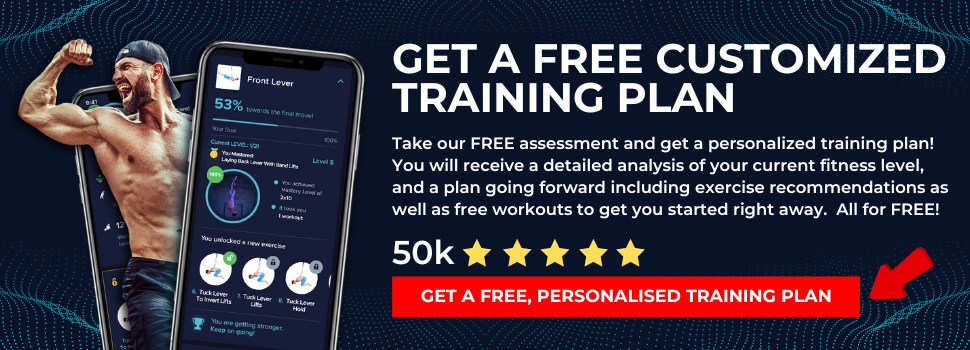Calisthenics Workout for Iron Shoulders
IRON SHOULDERS WORKOUT
Level:
Time
Goal
Beginner
35 minutes
Strength training
Welcome to our incredible shoulder calisthenics workout!
Before we jump into this exciting routine, let me share a valuable insight that I’ve learned through years of coaching athletes.
Through training countless individuals, one common mistake stands out: blindly selecting exercises or workout routines without considering individual fitness levels. The workout we’re about to unveil may be too challenging or too easy for you, as we don’t know your capabilities yet.
This oversight can lead to two main issues: struggling with exercises beyond your capacity, risking injury, or encountering ineffective workouts. Generic routines, while convenient, often fall short in delivering desired results.
As you explore calisthenics, particularly in targeting shoulder muscles, it’s crucial to understand that some exercises may be too advanced while others too basic for your level. Finding the right balance is essential to avoid injury and maximize progress.
In the past, we categorized workouts into beginner, intermediate, or advanced levels, but this approach often hindered progress.
Recognizing the need for personalization, we developed The Movement Athlete Academy – a tailored, progressive, and adaptive training program leveraging AI to create customized plans.
If interested, you can begin with our FREE assessment for a personalized plan, eliminating guesswork and injury risks. Trust me, it’s a game-changer.
About this Calisthenics Shoulder Workout
Building strong and sexy iron shoulders isn’t as hard as it seems. All you need is just consistent effort that is tons of fun instead while maintaining enormous benefits.
Whether you working on your skills like planche training, handstands or just wanting an overall strong balanced body, building your shoulders is a must. Here’s a list of some of the exercises that hit your shoulders.
Your shoulder is comprised mainly of four parts: the anterior deltoid, lateral deltoid, posterior deltoid. Each has its own function for movement so each should be trained equally.
In calisthenics, it is next to impossible to do a workout focused just on a single body part, especially if it is a major muscle group such as the shoulders. By training your shoulders, you’ll also get to train your chest, tricep, back, and core as well!
Let’s just have a quick round down of the shoulder muscle parts and function:
– Anterior Deltoids (Front head) – Shoulder flexion which is exhibited when you’re moving your arms in front of you or upward
– Lateral Deltoids (Outer head) – Shoulder abduction which is exhibited when you’re moving your arms upwards but at your side.
– Posterior Deltoids (Back head) – Shoulder extension which is when you’re pulling your arms backward.
The key to target your shoulders with these exercises is to practice mind-muscle connection.
Mind-muscle connection is an old concept in the fitness industry. It states that you should visualize the movement being executed by a particular muscle group before and during the execution of the exercise.When done, It can result in activating more muscles in that particular body part. You should have a proper amount of intensity (not too much) for it to work.
Before the workout, warm up your body first!
Do a proper warm-up first to increase your performance. It prepares your body for the upcoming stress you’re going to exert on yourself. Do simple warm-up routines to get the blood flowing and your joints lubricated.
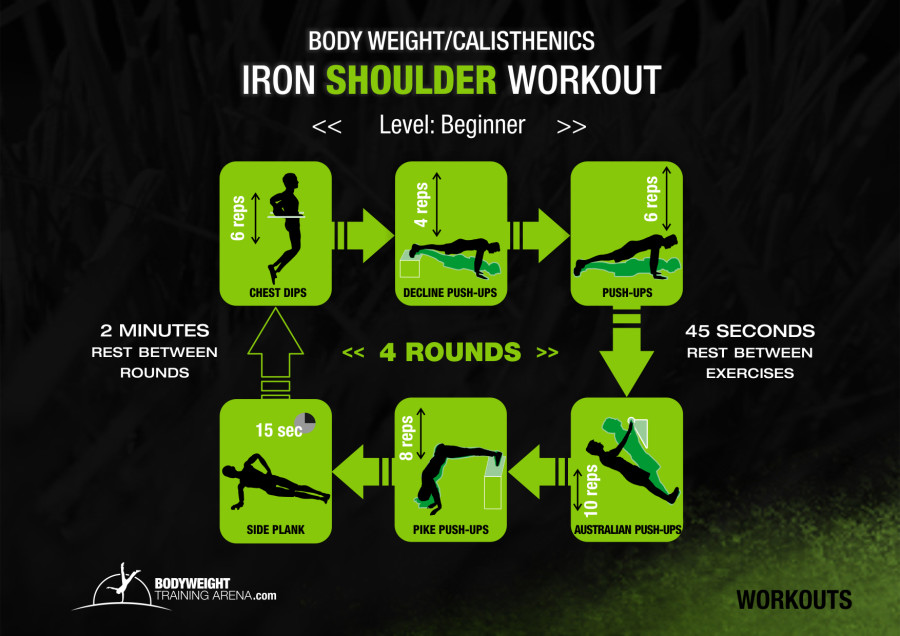
| Move | Sets | Reps |
| Chest Dips | 1 | 6 |
| Decline Push-ups | 1 | 4 |
| Push-ups | 1 | 6 |
| Australian Push-ups | 1 | 10 |
| Pike Push-ups | 1 | 8 |
| Side Plank | 1 | 15s |
45 seconds rest between each exercise and rest for 2 minutes for each round. Total of 4 rounds.
How far in the game are you?
Our certified coaches have developed a fail-proof assessment to give you an idea of where you stand in the Calisthenics game.
How It’s Done
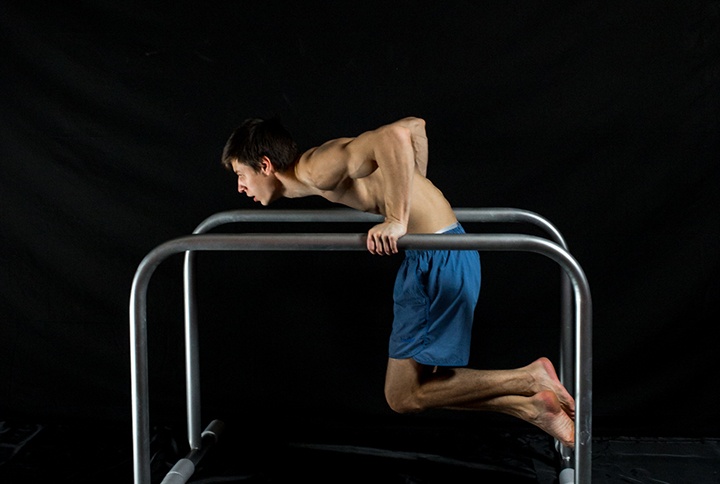
Chest Dips
As we’ve mentioned earlier, we’ll be dealing with exercises that target the chest and tricep as well. But chest dips also hit mainly the anterior deltoids. The key to activate the muscle is, again, by focusing on the shoulder activation even before doing the movement. Do the chest dip by tilting slightly forward the dip then you are good to go!
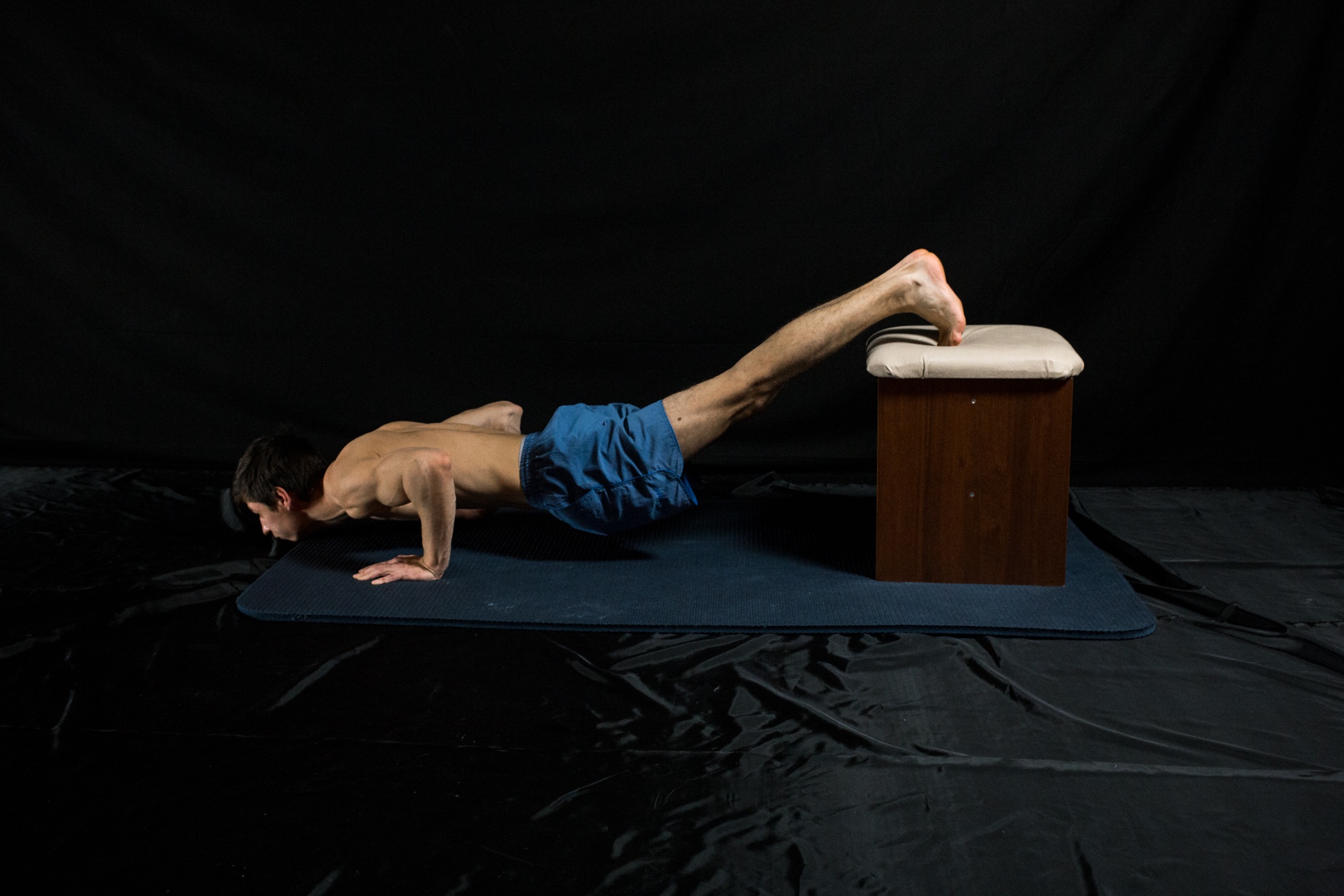
Decline Push-ups
Another chest and tricep exercise which targets also the anterior deltoids. Same concepts apply as said in the chest dips. Focus your mind on your shoulders. But actually, this movement is more shoulder focused so you’ll be able to hit your shoulders easily. Breathe in as you go down then breathe as you push up.
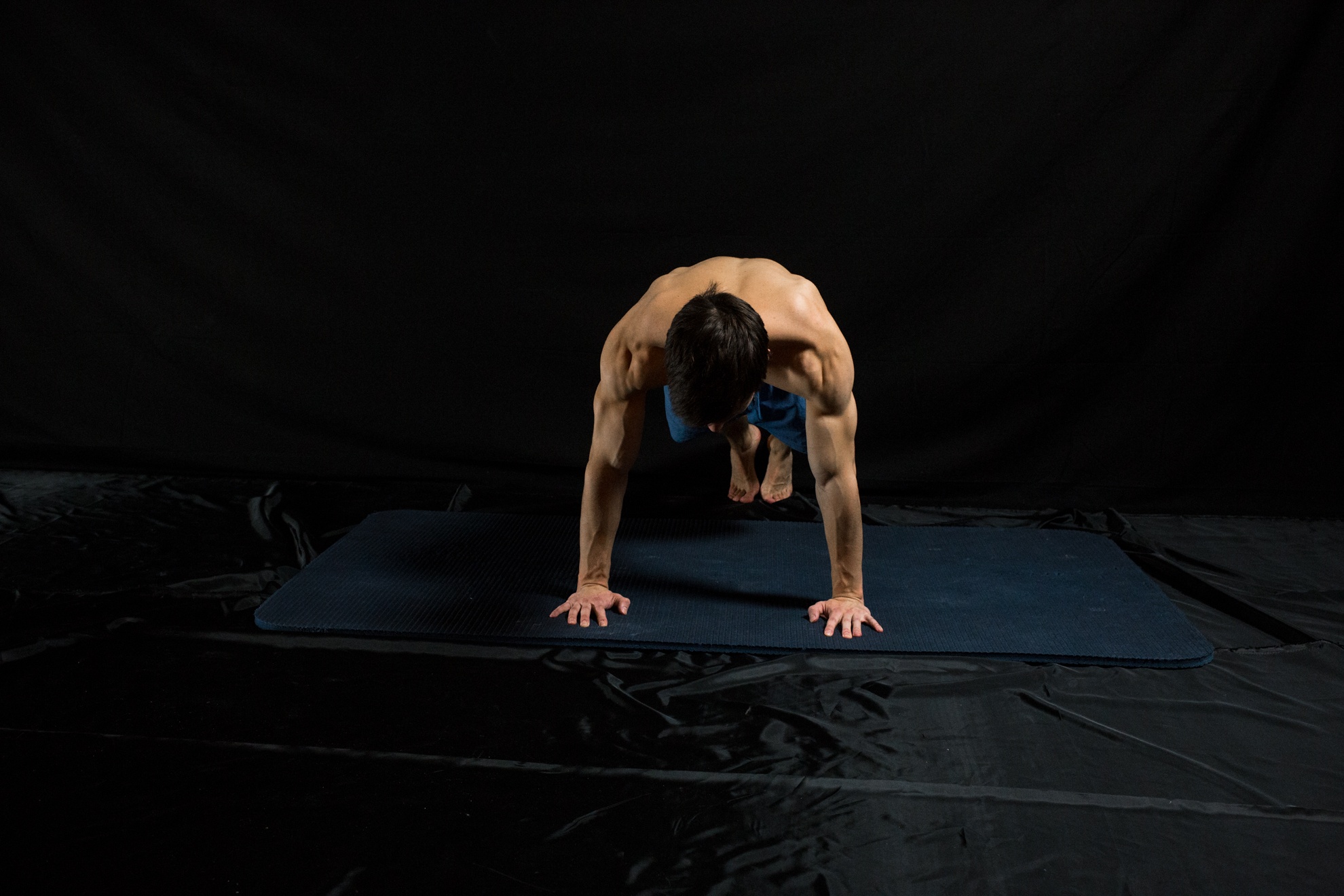
Push-ups
Anterior deltoids are the mostly used muscle in your shoulders. That’s why it is being targeted again by this exercise. Of course, chest and triceps are still active. Just do your regular gym push-ups, except of shoulder being focused by your mind. You’ll get to experience the power of the human mind even in a workout. Amazing!
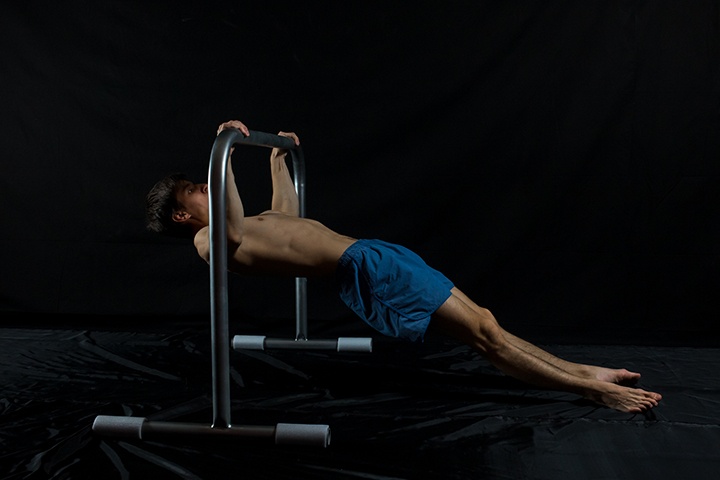
Australian Push-ups
Let’s go to the back part of your shoulders, the posterior deltoids. Australian push-ups hit the back and bicep and our focus, the posterior delts. Focus on mind muscle activation and squeeze in the delts when performing the movement. Soon you’ll feel them tiring out which is an excellent factor for muscle growth.
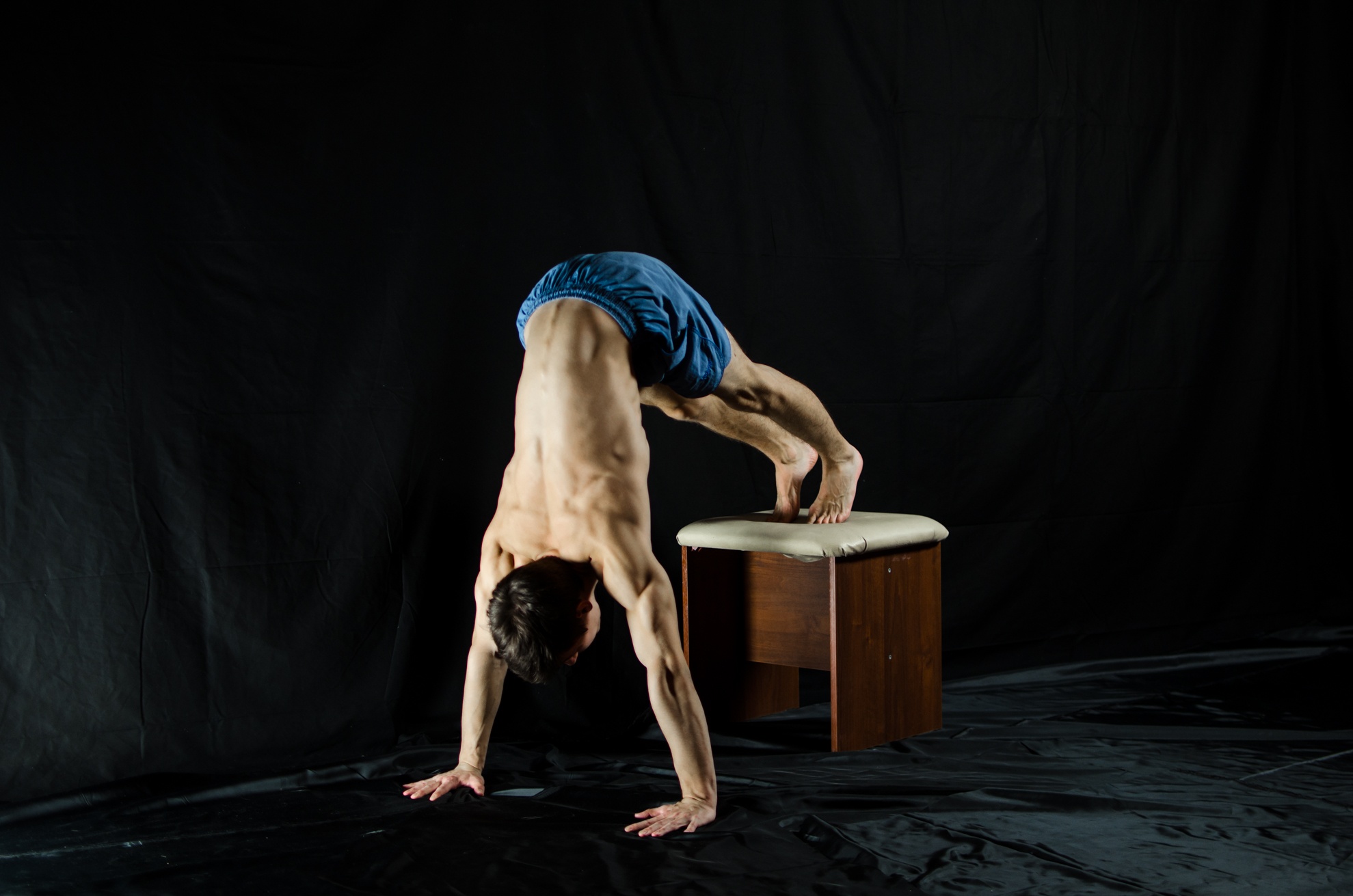
Pike Push-ups
This exercise is more shoulder oriented, but still activates, the triceps, chest, traps, core. Anterior and lateral deltoids are the main focus for this exercise. Do the exercise with strict form so that you’ll be a step closer in achieving a handstand push-up.
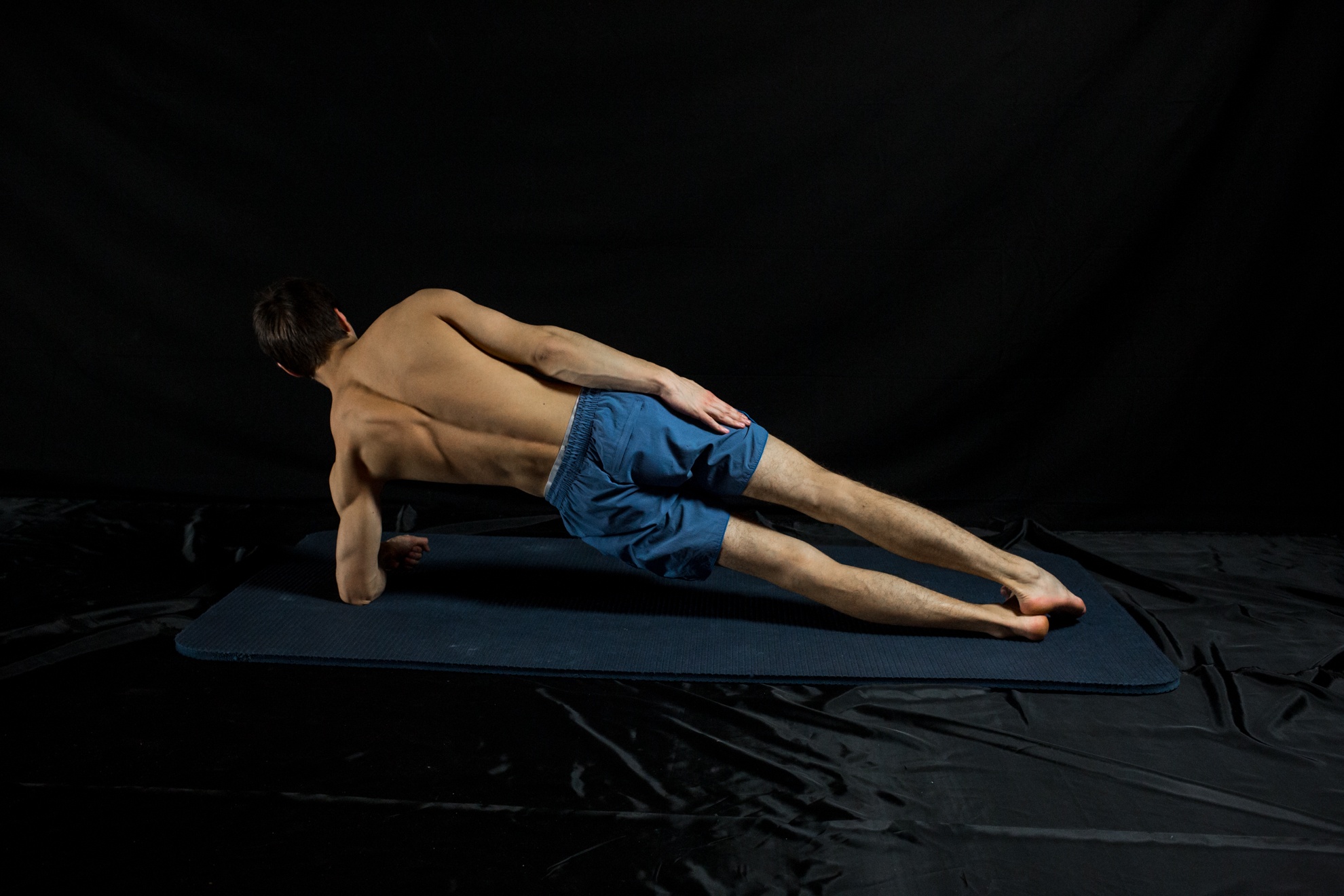
Side Plank
I know you probably want a strong and broad boulder shoulders. You’ll get that broad look by training your lateral deltoids which what this exercise exactly does. Lateral delts are the outsides of your shoulders. Focus on engaging them when performing the exercise since you’ll be training your core and obliques as well. Be sure to push your body away from the ground and don’t get lousy with the form.
Focus on proper form, breathing and mind muscle activation, and your iron shoulders will be sculpted in no time.
But what if I can’t do some of these exercises?
Get a tailored training routine just for you.
It’s a problem many of us face. We’re given routines – usually based on a standardized level – beginner, intermediate, advanced. The Movement Athlete Academy used to do that too – because it’s very hard to create a personalized training for each and every person unless we spend a significant amount of time with them.
There was just one problem with this approach (actually there are a lot of problems with it) – it hindered our athletes’ progress. We’ve written extensively on the matter in the blog post, The end of beginner/intermediate/advanced – that is hurting your training.
Imagine if some of these exercises above were too hard for you. Your body will try to compensate with a poor form, movement dysfunction and possibly risk injury if it’s too challenging.
If some of these exercises were too easy they wouldn’t challenge your muscles to grow – you’d simply be wasting your time.
This is why we created The Movement Athlete Academy: to offer a fully personalized training program reflecting exactly where your level is for optimal performance.
Take the assessment to see how do you stack up on the 8 fundamental calisthenics moves.
Stay strong, friends!

